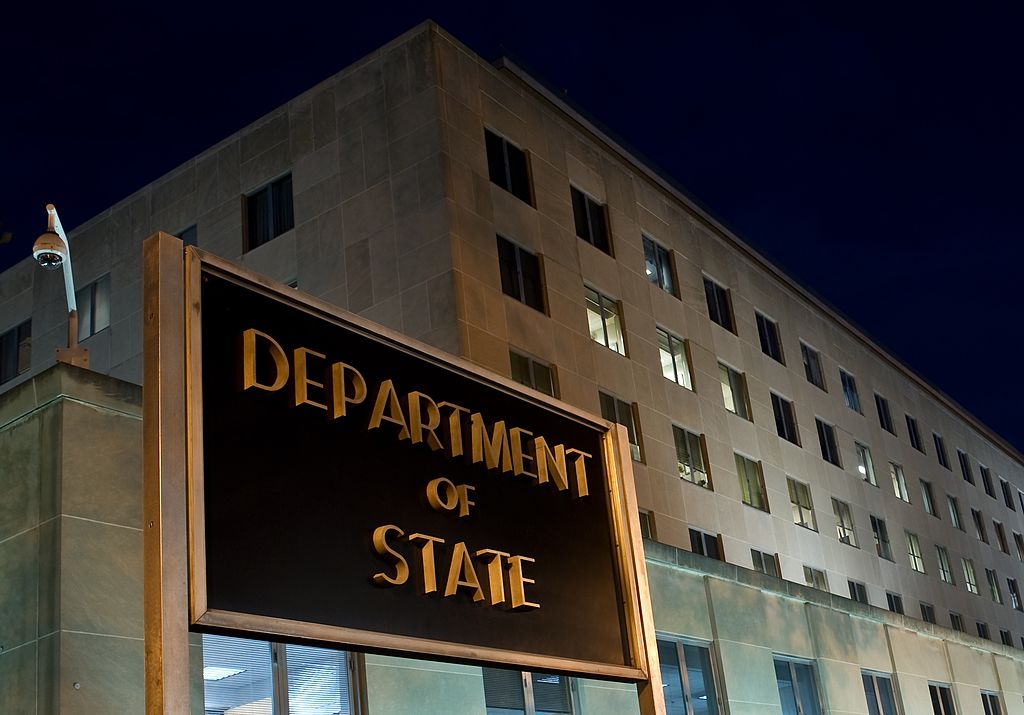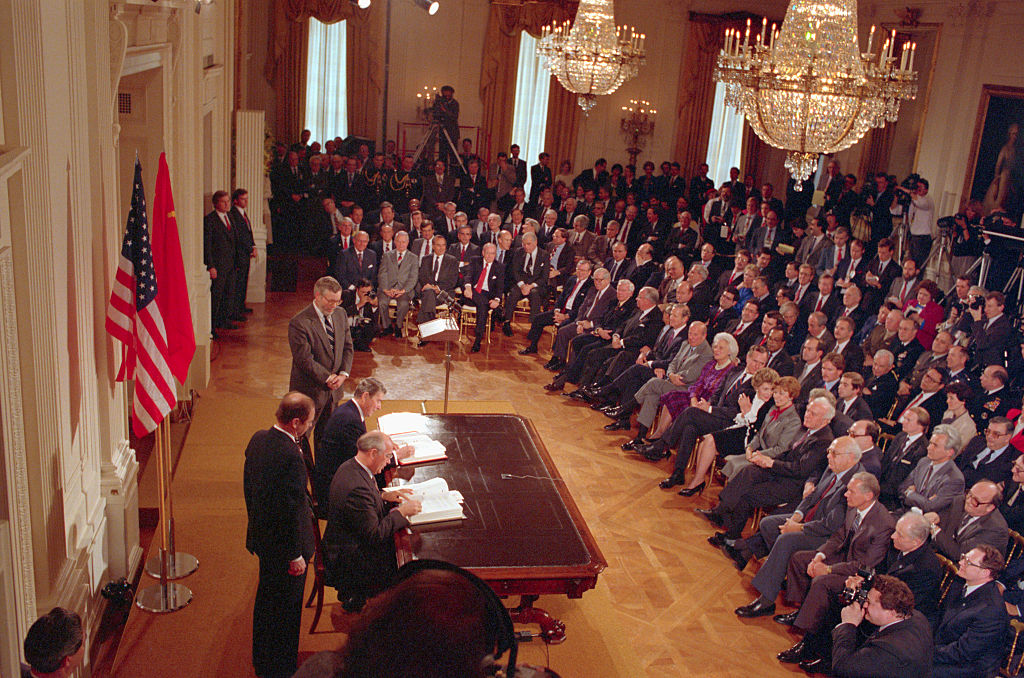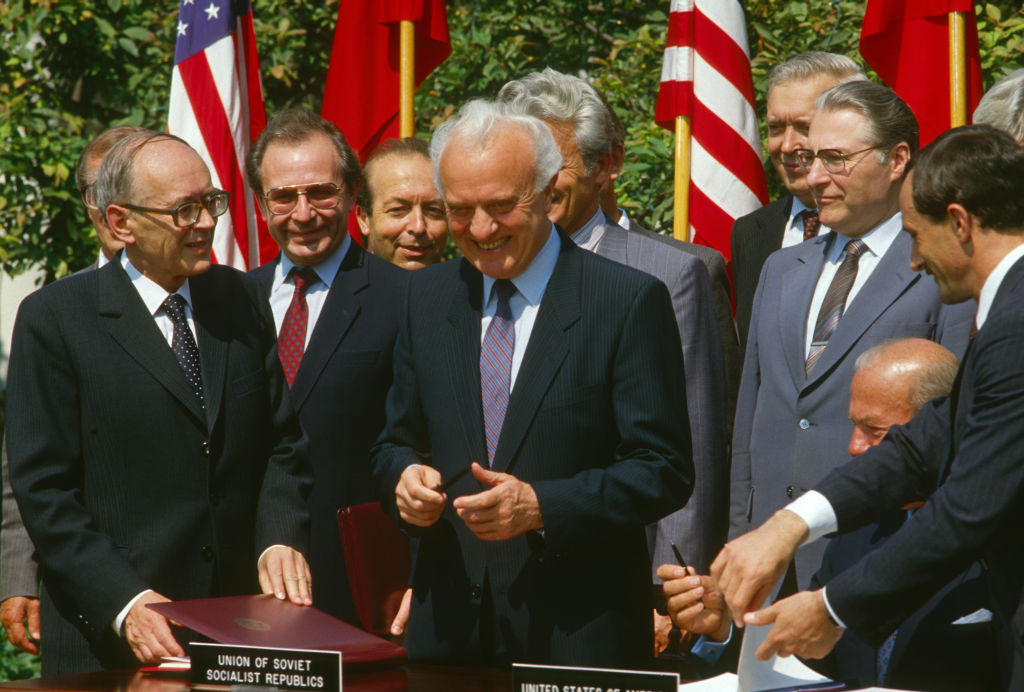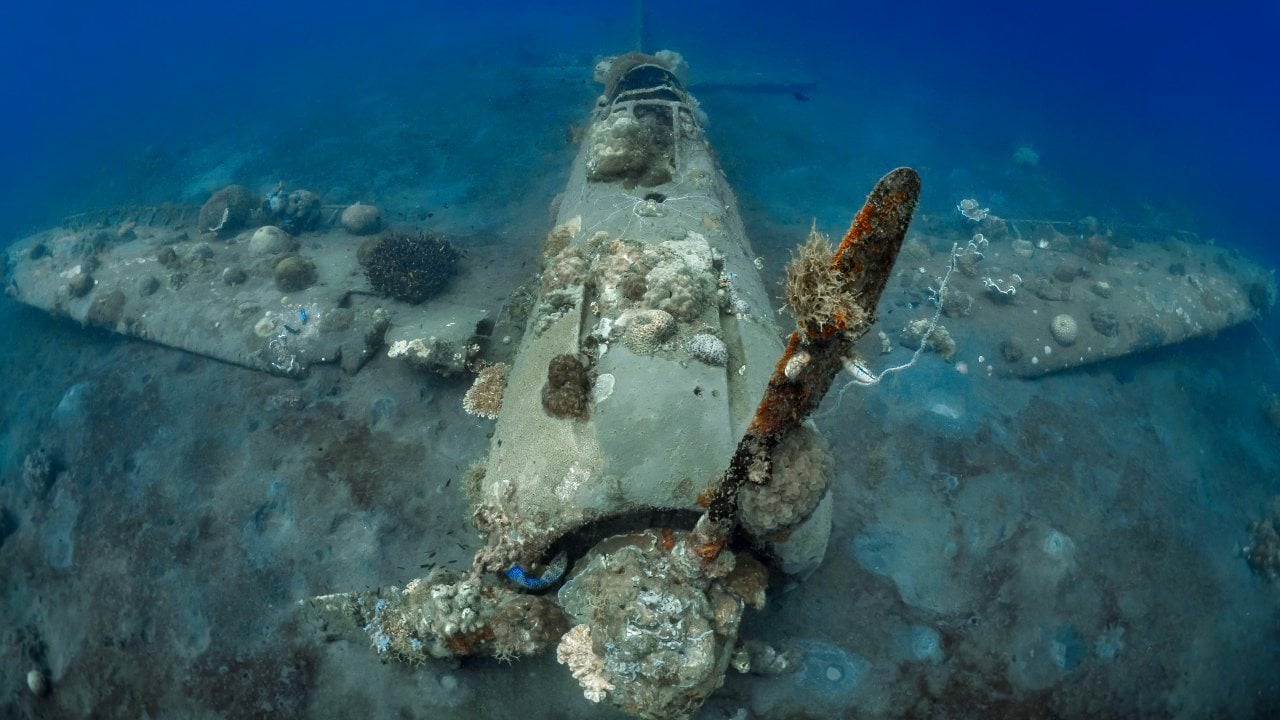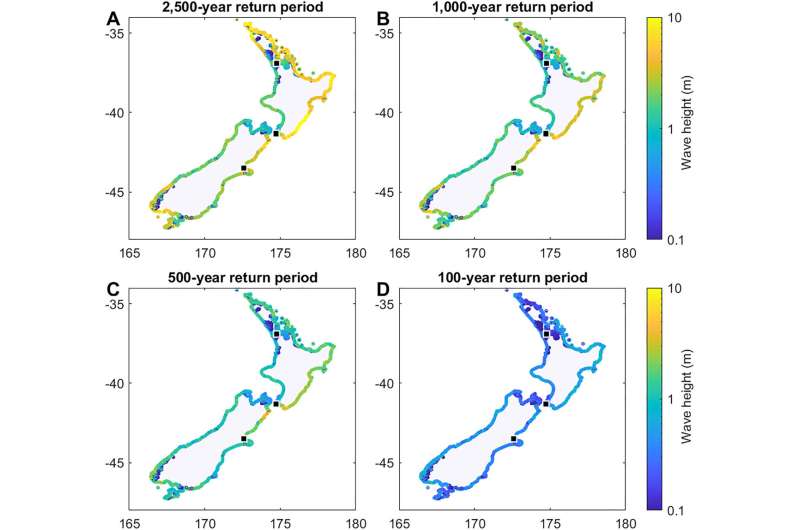Chants of “genocide Joe” and “cease-fire now” have followed President Biden at stops across the U.S. in recent weeks as protesters demanding a cease-fire in the Israel-Hamas war attempt to bring their message directly to the chief executive at home.
From campaign fundraisers to Christmas tree lightings, Biden stops in Colorado, Massachusetts, Nevada, California, and Pennsylvania included demonstrators in each location, shouting “shame” and “Biden, Biden, you can’t hide; we charge you with genocide.”
Protests for a permanent cease-fire have occurred at the White House, too. Protesters with a “Jewish Elders to Biden: Stop the Genocide, Ceasefire Now!” sign chained themselves along the White House fence Monday, following weeks of demonstrations around the complex.
In Philadelphia on Monday, outside the Hilton hotel that hosted a campaign reception, some protesters — one of the largest of such recent visits — held up a big sign that read, “genocide Joe & Netan-Nazi,” the latter a reference to Israel Prime Minister Benjamin Netanyahu. It was unclear if Biden saw the sign as he was shuttled out of the venue.
While in Las Vegas, Nev., and Santa Monica, Calif., on Friday, Biden was met with dozens of protesters chanting “cease-fire now,” accusing him of genocide, and holding signs and Palestinian flags. During one fundraiser on his West Coast swing, a protest at a nearby park included a sign that read, “no voters for mass murderer.”
On Dec. 5 in Boston, a protest was taking place down the street from the Shubert Theatre, where Biden was speaking at a fundraiser that featured a performance by musician James Taylor. Hundreds of protesters held up Palestinian flags, yelled out that Biden had blood on his hands and compared him to a war criminal.
It was unclear if Biden would have seen or heard the protest, because it wasn’t right outside the venue, but attendees who waited in line to enter the theater would have heard chants and likely walked past it and signs that read, “Wanted Joe Biden. The people charge genocide!”
In November, Biden was met with protesters chanting “genocide Joe” in Washington, D.C., about two dozen protesters in Denver with signs saying “free all Palestinian political prisoners” and “end all U.S. aid to Israel,” and a small group of protesters in Nantucket, Mass., holding “free Palestine” signs.
The demonstrations illustrate the some of the blistering response at home to Biden’s approach to the Israel-Hamas war, which has exposed splinters in the Democratic party. It also comes as many Arab Americans have indicted they don’t plan to support his reelection bid, even if they voted for him in 2020, because the U.S. refuses to back a cease-fire in a war that has killed more than 15,000 people in Gaza since the attack on Israel by Hamas on Oct. 7.
A former Biden aide said the president is aware of protests when he travels and that every trip includes a protest plan, regardless of the event he’s attending. The advance teams and the Secret Service work with local law enforcement on the ground to manage protest situations ahead of the president’s or first lady’s visits, and the advance team is in constant communication with the president’s trip director, who keeps him and his inner circle informed.
Biden hasn’t publicly addressed the many demonstrations against his Israel policy, but he commented Monday on another recent protest in Washington — a pro-Israel demonstration on the National Mall.
“We must hold to the core values that make us Americans: equality, justice, freedom, dignity, respect. Values that, from the inception of our nation, have shaped the culture, the contributions, and the values of Jewish Americans … including nearly 300,000 Jews who peacefully rallied on the National Mall last month with enormous pride, unity … even joy in the face of extraordinary pain,” he said during a Hanukkah celebration at the White House.
The White House has stressed the right for Americans to peacefully protest, especially throughout the conflict, and also noted the pro-Israel protest Wednesday.
“President Biden respects the right of all Americans to speak out and make their voice heard, as long as their conduct is peaceful. That’s true whether it’s nearly 300,000 Americans rallying on the National Mall in agreement with his support of Israel’s responsibility to defend itself, or the groups that have protested at White House events,” White House spokesman Andrew Bates said.
The cease-fire protests have also followed other officials. Protesters pushing for a cease-fire were in the Senate on Monday, with one climbing a statue inside of the Hart Senate Office Building. And, a Delaware state representative interrupted Vice President Harris during a holiday reception Monday with a cease-fire banner.
Demonstrations against White House policies are inevitable, part of American culture and something that all politicians expect. But the former aide added that while protests do weigh on the president, it’s nothing new given he and his family’s decade in politics.
“They’ve seen and heard the worst things imaginable that could be said about yourself or your spouse or possibly accused of — in the fall of 2020 during the campaign but also anytime they visit a community, no matter how red or blue,” the source said.
The White House in October began to shift its strategy to amplify its concerns about civilians in Gaza amid the Israeli aerial bombardment and subsequent ground invasion. Since then, they have focused on getting humanitarian aid into Gaza and stressed that any civilian death is too many. National security spokesperson John Kirby said Tuesday that the administration is concerned about new reports that Israel used white phosphorus munitions supplied by the United States in an attack in Lebanon.
It’s unclear whether the constant sounds and sights of protests following the president and his team impact any of that decision-making. And pressure has come from elsewhere as well.
Recent polling showed that the majority of Americans disapprove of Biden’s handling of the Israel-Hamas conflict, and that 50 percent of voters aged 18-29 expressed their disapproval. And some lawmakers, especially in key swing states such as Michigan, have called for longer cease-fires after the recent pause in fighting to release hostages.
The former Biden aide said that protests may be considered when deciding policy.
“I’m sure it weighs on him in terms of policy and politics, but I don’t know it’s personalized in the same way it is for those who haven’t worked in elected office or the public eye for as long as he has,” the source said.
Brett Samuels contributed.






